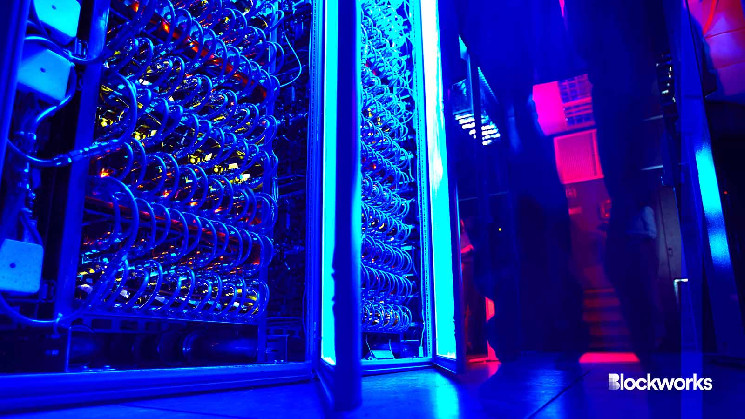Polish scientists have created an extensive network to simulate the origins of life on Earth. They used “prebiotic raw materials” such as water and nitrogen to trace how early compounds eventually led to human existence.
The researchers, operating from the Institute of Organic Chemistry in Poland, published an article for the first time in Science in 2020 in which they created a version of this network – albeit with limitations.
The Golem Network, which operates as a layer-2 distributed computing platform, allowed the researchers to build a network 100,000 times larger than their initial attempt.
Read more: We need to decentralize science
In an article published in the scientific journal Chemthe researchers describe how this “counterintuitive marriage” between crypto and origin-of-life research allowed them to create a much larger version of the network without having to access supercomputing resources.
Golem’s network operates on a peer-to-peer basis, where individuals can rent out their idle computing power in exchange for GLM tokens, the Golem network’s native cryptocurrency.
The researchers simulated 11 billion responses, consisting of 20,000 CPU cores, on Golem. They paid 82,000 GLM to the computing power suppliers, which was about $38,000 at the time.
At GLM’s current price, the tokens would be worth around $17,000. In the article, the research team estimates that running the simulation with Web2 cloud providers would have cost $80,000.
Crowdfunding-like approaches to academic research are one of the fast-growing use cases of crypto.
Coinbase CEO Brian Armstrong has sold 2% of his COIN shares to fund ResearchHub. The “GitHub for scientists” funds research by, for example, paying for peer reviews. The original ResearchCoin appreciated by 1000% at the end of 2023.
Read more: Do Science, Earn Crypto: Coinbase CEO’s Other Startup Sees Record Price Rise
Academic professionals in underfunded research areas are also increasingly turning to DAOs as a more convenient funding stream.

